Audible altimeters are an excellent addition to your skydiving equipment and can provide really useful information both in freefall and under canopy. There are many options available with different features and different price ranges - so which one should you get?
Do I need an audible?
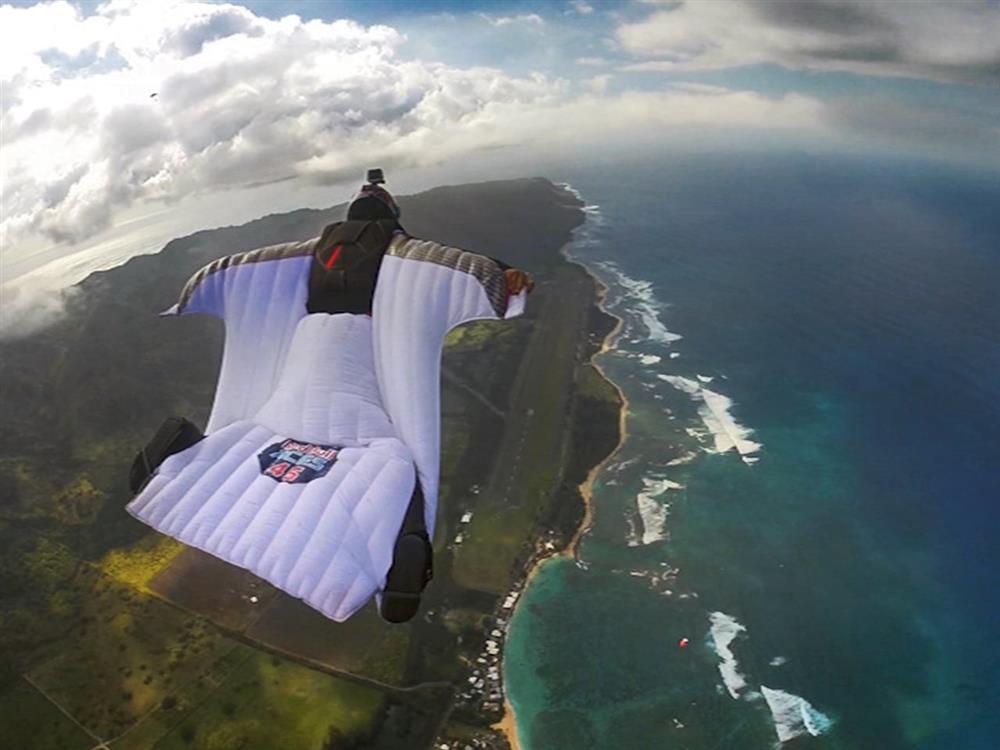
The BPA Operations manual stipulates that AFF and tandem instructors are required to jump with an audible altimeter when making AFF or tandem descents (Section 6, P4.4), and many dropzones stipulate that audibles are required for certain disciplines (e.g. freeflying or wingsuiting) - check your local SOPs or ask your Chief Instructor for more information relevant to your situation.
For student skydivers and those undertaking training for FS1, audible altimeters are generally not recommended. Altitude awareness should primarily come from use of a visual altimeter, and adopting an audible too early is likely to result in a reliance on the audible and poor visual altitude awareness. If you are a student or training for FS1, we recommend you consult with your instructor or coach before making a purchase.
What features am I looking for?
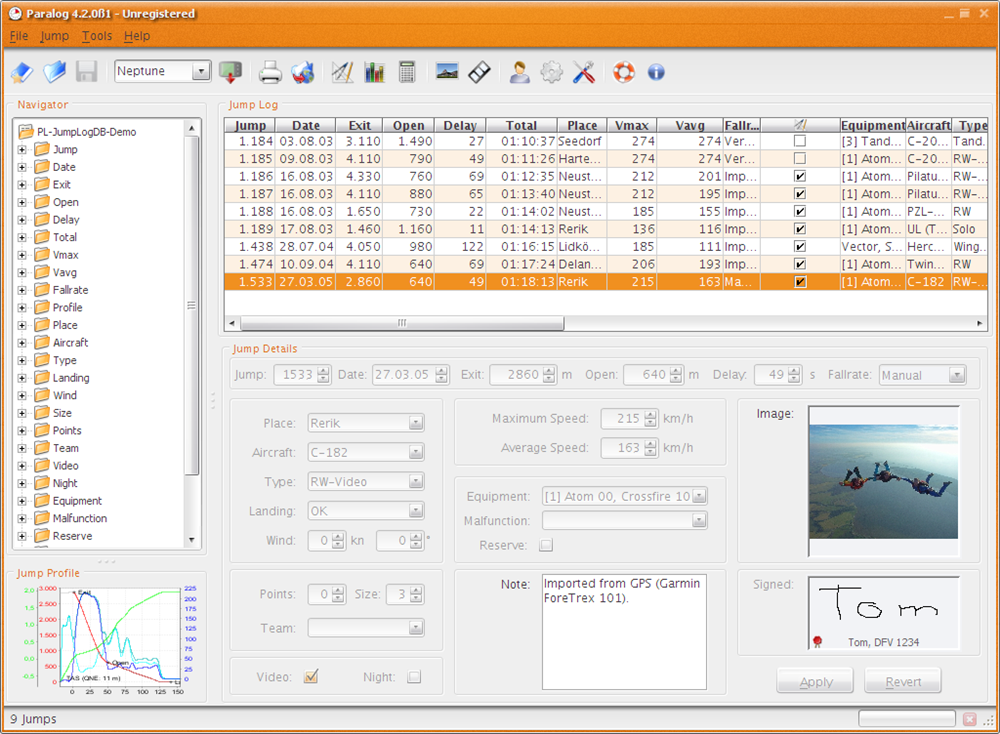
Freefall alarms (high speed alarms) are the most commonly desired feature and are present in every popular model on the market today. These are usually used to signal break-off, deployment, and a hard deck.
Canopy alarms (low speed alarms) are becoming increasingly common, usually used to indicate the start of the downwind leg, the turn to base leg, and the turn to final. This means that the canopy pilot can have consistent turn heights while maintaining all round observation.
Logbook functionality is popular amongst skydivers who jump regularly but may not have the time to write up their logbook between each jump, or those that desire more accurate information such as exit altitude or freefall time.
What are my options?
| Image | Manufacturer & Model | Price* | Freefall Alarms | Canopy Alarms | Logbook | USB Data / Charging | Additional Features |
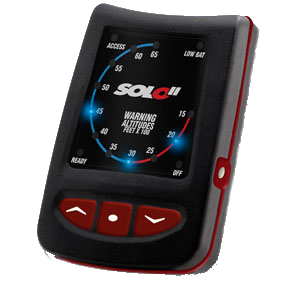 | L&B Solo II | £205 | 3 |  |  |  | |
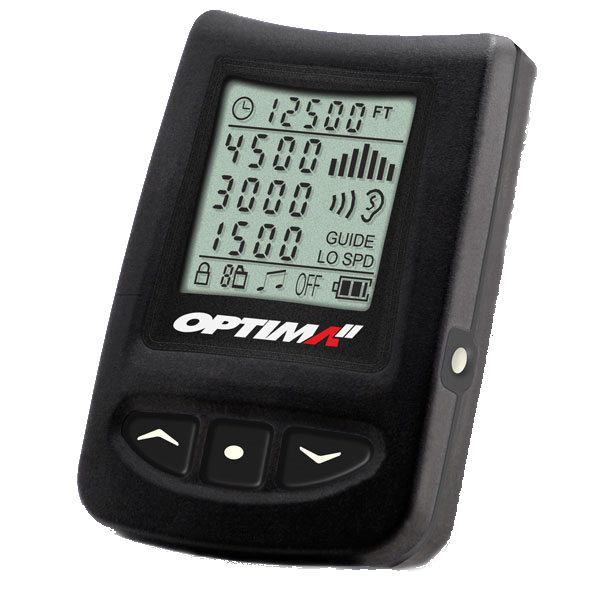 | L&B Optima II | £250 | 3 | 3 |  |  | Final turn countdown LED version available |
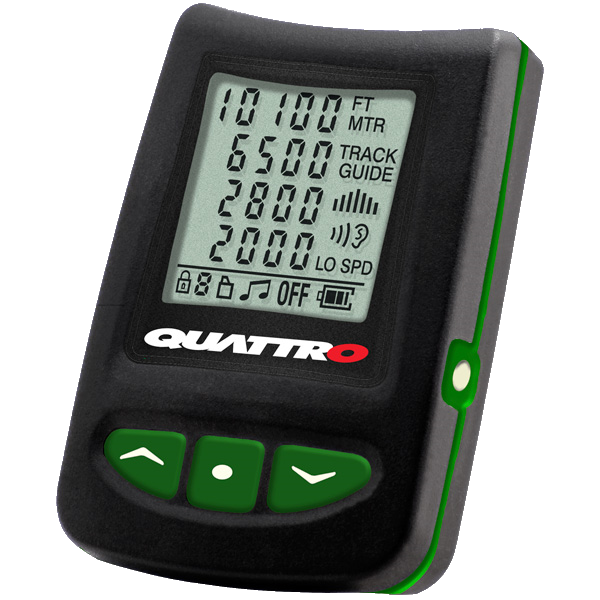 | L&B Quattro | £250 | 4 | 4 |  |  | Tracking guide |
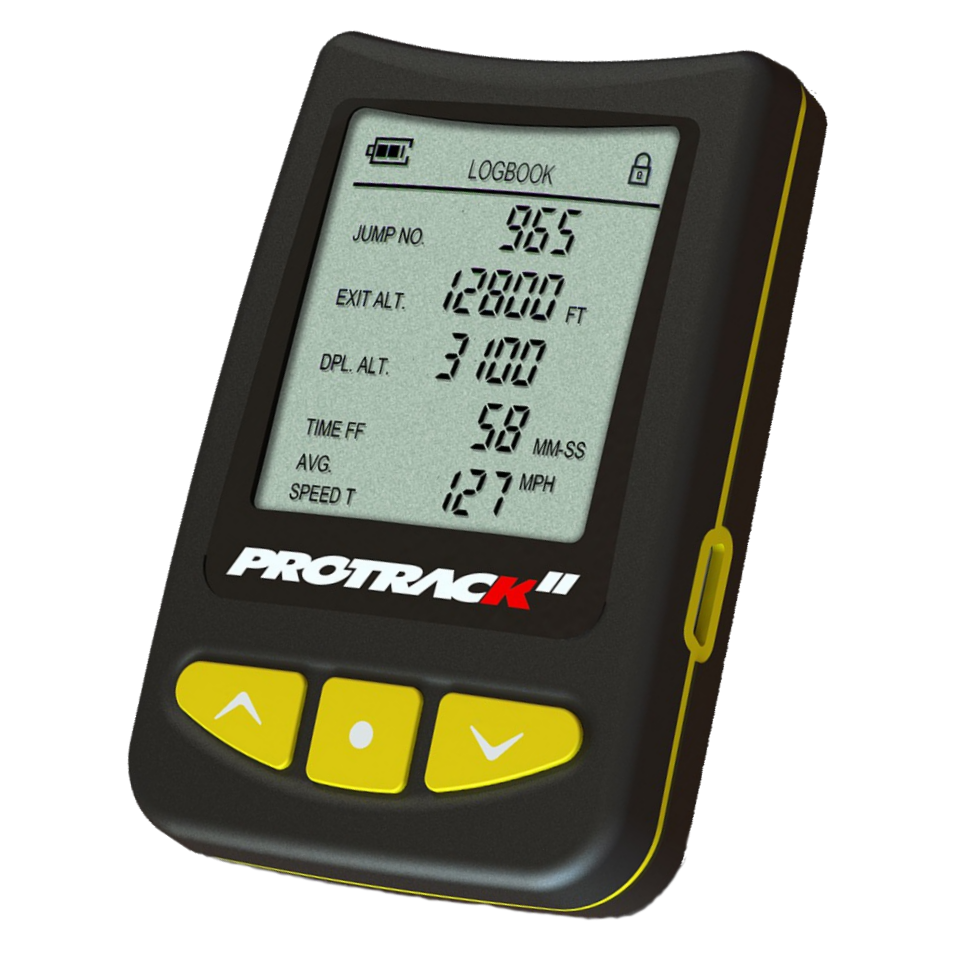 | L&B Protrack II | £300 | 4 | 4 | 200 - 300 jumps |  | |
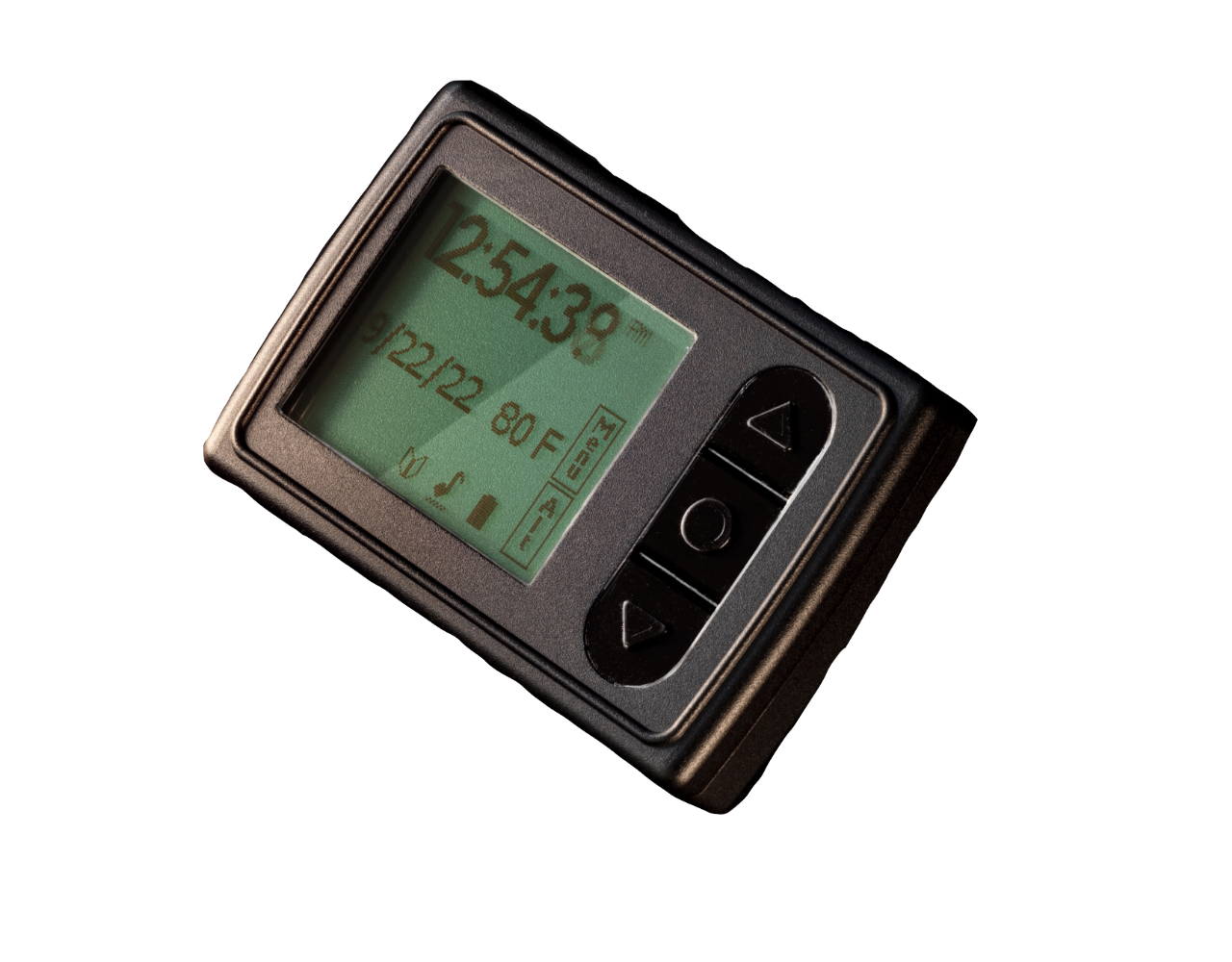 | Alti-2 Atlas II | £425 | 4 | 4 | 2500 jumps |  | Optional countdowns to alarms Climb rate / time to altitude info |
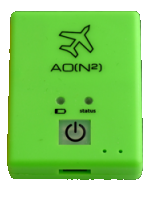 | Aon2 Brilliant Pebbles | £70 | 20 | 20 |  |  | 20 alarms total - no speed differentiation No interface - connects to PC or phone |
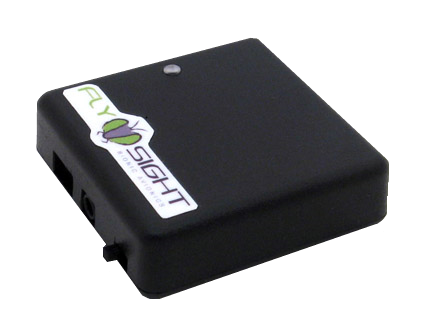 | Flysight | £250 | Real time |  | 1M seconds |  | Real time audible feedback 512 MB microSD that can store one million seconds of logged data at 5Hz |
*Prices correct at the time of publication but are subject to change
Which one is right for me?
- For the new skydiver looking for their first audible altimeter, the Optima II and Solo II are the most popular choices depending on budget and interest in canopy flight.
- For the more experienced or professional jumper, the Protrack II and Atlas are more popular due to their logging features.
- For bigway organisers and AFF instructors, the 4th alarms provided by the Quattro, Protrack II and Altas make these popular choices.
- For the freeflier or 4 way competitor looking for a second audible for redundancy, the Solo II is a popular budget option.
- For those with a dedication to canopy flight (particularly swoopers), the Optima II and Atlas are favourites for their countdown alarms.
- The Flysight is a specially designed audible for wingsuiters and speed skydivers, providing real time audible feedback on glide-ratio, and horizontal and vertical speed, therefore not used quite in the same way as the others mentioned above.
Ultimately, every individual skydiver has different requirements, so take the time to research what each one does and compare it to what you need. We have demos of the popular models available for free use for the day from our Headcorn store, so why not drop in and give one a try?

 AADs
AADs  Containers
Containers  Canopies
Canopies  Used Rigs
Used Rigs  Used Rig Components
Used Rig Components  Full Face Helmets
Full Face Helmets  Open Face Helmets
Open Face Helmets  Helmet Spares
Helmet Spares  Helmet Accessories
Helmet Accessories  Visual Altimeters
Visual Altimeters  Audible Altimeters
Audible Altimeters  Altimeter Mounts
Altimeter Mounts  Altimeter Spares
Altimeter Spares  Packing
Packing  Gloves & Goggles
Gloves & Goggles  Knives
Knives  Logbooks
Logbooks  Bags & Cases
Bags & Cases  Camera
Camera  Rigging Tools
Rigging Tools  Rigging Materials
Rigging Materials  Black Friday Rig Deals
Black Friday Rig Deals  End of Season 2025 Clearance
End of Season 2025 Clearance  Used Gear
Used Gear  Clearance Stock
Clearance Stock  Gift Ideas
Gift Ideas  Rentals
Rentals  Rigs
Rigs  AAD Spares
AAD Spares  Container Spares
Container Spares  D-Bags & Freebags
D-Bags & Freebags  Main & Reserve Pilot Chutes
Main & Reserve Pilot Chutes  Lanyards
Lanyards  Risers & Toggles
Risers & Toggles  Cutaway & Reserve Handles
Cutaway & Reserve Handles  Bungees & Elastics
Bungees & Elastics  Loops & Links
Loops & Links  Container Accessories
Container Accessories  Main Canopies
Main Canopies  Reserve Canopies
Reserve Canopies  Linesets
Linesets  Canopy Spares
Canopy Spares  Canopy Accessories
Canopy Accessories  Jumpsuits
Jumpsuits  Formation (FS)
Formation (FS)  Freefly (FF)
Freefly (FF)  Swoop Shorts
Swoop Shorts  Working
Working  Camera
Camera  Tunnel
Tunnel  Helmets
Helmets  Altimeters
Altimeters  Accessories
Accessories  Clothing
Clothing  Rigging
Rigging  Line & Cable
Line & Cable  Tapes
Tapes  Webbing
Webbing  Hardware
Hardware  Threads
Threads  Fabrics & Netting
Fabrics & Netting  Elastic & Velcro
Elastic & Velcro  Sale
Sale  Services
Services  Winter Jumping
Winter Jumping  DZ / Sub Dealer
DZ / Sub Dealer